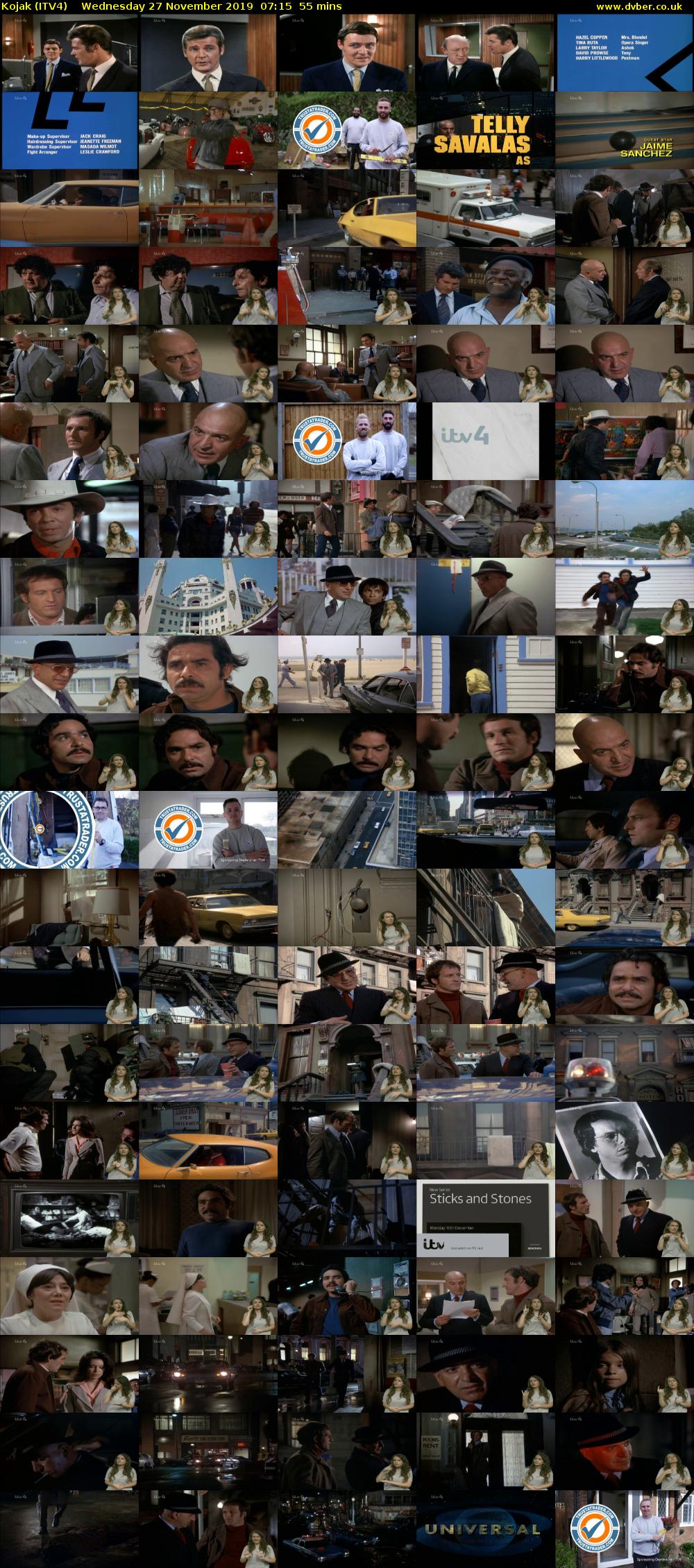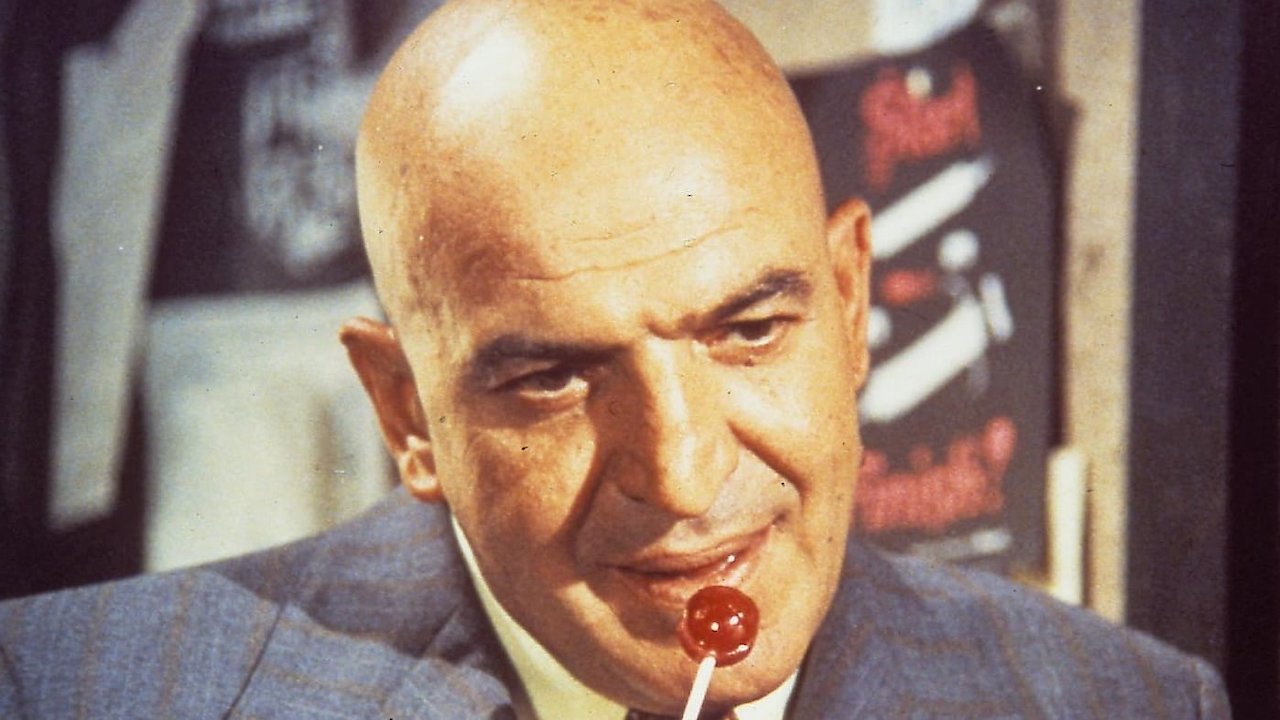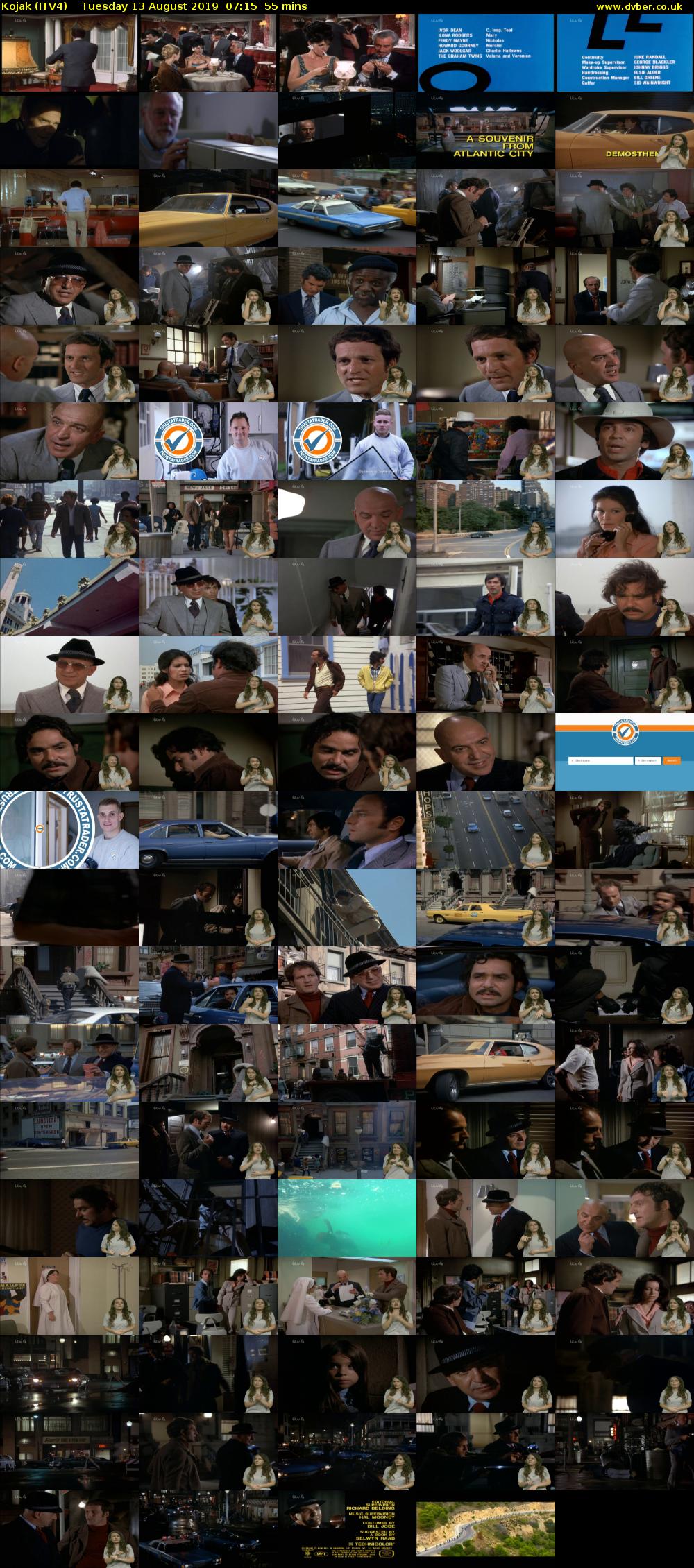The Rare Condition Of Bilateral Anophthalmia: Medical Advances And Future Outlook

Table of Contents
The Causes and Genetics of Bilateral Anophthalmia
Bilateral anophthalmia, a severe form of anophthalmia (the absence of one or both eyes), is a complex condition stemming from disruptions in early embryonic eye development. While often sporadic, genetic factors play a significant role. Several genes are implicated, including mutations in PAX6 and SOX2, both crucial for eye formation. Chromosomal abnormalities can also contribute to this congenital anomaly. The exact mechanisms are still under investigation, but research suggests a complex interplay of genetic and potentially environmental influences.
- Specific gene mutations: Mutations in PAX6, a master control gene for eye development, are frequently associated with anophthalmia and related conditions like microphthalmia (abnormally small eyes). Similarly, mutations in SOX2, involved in cell differentiation, can disrupt eye formation.
- Chromosomal abnormalities: Certain chromosomal abnormalities, although rare, have been linked to bilateral anophthalmia. These may involve deletions or duplications of specific chromosomal regions affecting genes involved in eye development.
- Familial patterns of inheritance: While many cases are sporadic, some families show an inherited pattern of anophthalmia or related eye conditions, suggesting autosomal recessive or dominant inheritance patterns.
- Prevalence statistics: Bilateral anophthalmia is exceptionally rare, with precise prevalence figures difficult to establish due to underreporting and variations in diagnostic criteria.
Current Medical Interventions and Treatments for Bilateral Anophthalmia
Currently, treatment focuses on improving appearance, comfort, and psychosocial well-being. Several options exist, each with its benefits and limitations.
- Ocular prostheses: Custom-fitted artificial eyes (ocular prostheses) are commonly used to restore a natural appearance. These are crafted from materials like acrylic or silicone, carefully matched to the patient's eye socket and skin tone.
- Orbital implants: These are placed within the eye socket to provide a base for the prosthesis, improving its fit and preventing socket shrinkage. Various materials, including porous polyethylene, are used for orbital implants.
- Surgical options: Surgical procedures, such as orbital reconstruction, might be necessary to address abnormalities in the eye socket. These surgeries aim to improve the fit of the prosthesis and enhance cosmetic results.
- Vision rehabilitation therapies: While bilateral anophthalmia doesn't restore sight, occupational therapy and other rehabilitation approaches assist in developing adaptive skills for navigating daily life without vision.
- Psychological and social support: Access to counseling, support groups, and social services is crucial to address the emotional and psychological challenges associated with this condition.
Advances in Research and Future Directions for Bilateral Anophthalmia
Significant advancements are underway. Research holds immense promise for improving outcomes and potentially even restoring sight in the future.
- Gene therapy clinical trials: Gene therapy approaches are being explored to correct genetic defects underlying anophthalmia. While still in early stages, these trials offer hope for future treatment options.
- Stem cell research for eye regeneration: Stem cell research holds potential for regenerating eye tissues, potentially leading to the creation of new eyes or restoring damaged eye structures.
- 3D-printed ocular prostheses: 3D printing technology is revolutionizing the creation of custom-fitted ocular prostheses, offering improved accuracy, comfort, and aesthetics.
- Advances in diagnostic imaging: Advanced imaging techniques, such as optical coherence tomography (OCT), are improving early diagnosis and monitoring of eye development.
Living with Bilateral Anophthalmia: Challenges and Support
Living with bilateral anophthalmia presents unique challenges, requiring resilience, adaptability, and strong support systems.
- Social stigma and discrimination: Individuals with bilateral anophthalmia may face social stigma and discrimination, requiring education and awareness to foster inclusivity.
- Emotional and psychological well-being: Access to psychological support is crucial to address emotional challenges, boost self-esteem, and promote mental well-being.
- Access to assistive technology: Assistive technologies, such as canes, screen readers, and other adaptive tools, play a critical role in enhancing independence and quality of life.
- Support groups and organizations: Connecting with support groups and organizations dedicated to individuals with visual impairments provides invaluable emotional, practical, and social support.
Conclusion: Hope and Progress in Bilateral Anophthalmia Treatment
Bilateral anophthalmia, though a rare congenital anomaly, impacts individuals profoundly. While a cure remains elusive, significant progress is being made. Current medical interventions focus on improving appearance and well-being, while research offers hope for future breakthroughs in gene therapy, stem cell applications, and advanced prosthetics. Understanding the challenges and fostering supportive environments are paramount. Learn more about the latest advancements in bilateral anophthalmia treatment and support research dedicated to improving the lives of those affected by this rare condition. Together, we can build a more inclusive and supportive world for individuals living with bilateral anophthalmia and other rare eye conditions.

Featured Posts
-
 Montego Bay Jamaica The Ultimate Travel Guide
May 12, 2025
Montego Bay Jamaica The Ultimate Travel Guide
May 12, 2025 -
 Fotografii S Borisom Dzhonsonom Stali Platnymi Detali Skandala
May 12, 2025
Fotografii S Borisom Dzhonsonom Stali Platnymi Detali Skandala
May 12, 2025 -
 Ford Gt Restoration Lynxs Expertise In Reviving A Classic
May 12, 2025
Ford Gt Restoration Lynxs Expertise In Reviving A Classic
May 12, 2025 -
 Robert F Smith Grand Slam Track Us Debut In Miami How To Watch
May 12, 2025
Robert F Smith Grand Slam Track Us Debut In Miami How To Watch
May 12, 2025 -
 Become Baba Yaga Your John Wick Experience In Las Vegas
May 12, 2025
Become Baba Yaga Your John Wick Experience In Las Vegas
May 12, 2025
Latest Posts
-
 Find Kojak On Itv 4 A Comprehensive Guide To Episodes And Showtimes
May 12, 2025
Find Kojak On Itv 4 A Comprehensive Guide To Episodes And Showtimes
May 12, 2025 -
 Kojak Full Episode Listings And Air Times On Itv 4
May 12, 2025
Kojak Full Episode Listings And Air Times On Itv 4
May 12, 2025 -
 De Schoonheid Van Sylvester Stallones Dochter Foto Gaat Viraal
May 12, 2025
De Schoonheid Van Sylvester Stallones Dochter Foto Gaat Viraal
May 12, 2025 -
 Itv 4 Kojak Schedule When And Where To Watch
May 12, 2025
Itv 4 Kojak Schedule When And Where To Watch
May 12, 2025 -
 Atelier D Artiste Rencontre Exceptionnelle Avec Sylvester Stallone
May 12, 2025
Atelier D Artiste Rencontre Exceptionnelle Avec Sylvester Stallone
May 12, 2025
